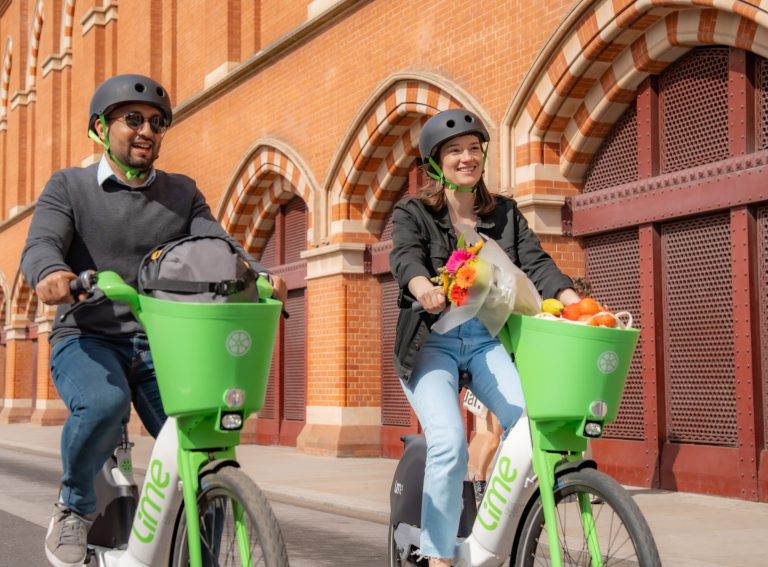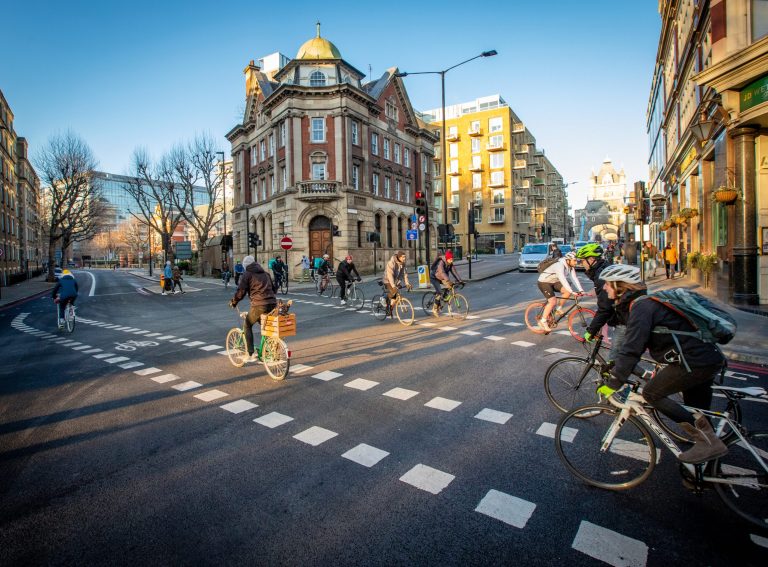New data from Transport for London (TfL) shows a significant reduction in the number of collisions since a 20mph speed limit was introduced on key roads in London.
Between 1st May 2020 and 30th June 2022, the number of collisions fell by 25% from 406 to 304. Collisions resulting in death or serious injury reduced by 25% from 94 to 71.
Incidents involving vulnerable road users decreased by 36% (from 453 to 290), while collisions with people walking fell by 63% (from 124 to 46).
“This latest data from TfL showing the substantial reductions in casualties for vulnerable road users is hugely significant for micromobility,” Rod King MBE, Founder and Campaign Director of 20’s Plenty for Us, told Zag Daily.
“If the UK is going to benefit from new technologies in micromobilities then 20mph speed limits are key to freeing up those assets that are the public spaces between buildings, which we call streets. One should ask whether there is any place for a 30mph limit where motors mix with people in this decade of micromobility opportunity.”
With over half of the London’s roads under the speed cap, TfL is now working to lower speeds on all of its roads by 2024 in inner and outer London, including in surrounding local authorities.
Dott’s General Manager for UK and Ireland, Duncan Robertson, told Zag: “Steps such as lowering speed limits of cars can have a significant impact, and as this new data shows is a successful way of reducing accidents, helping more people feel confident in choosing low carbon vehicles for travel across their cities.”
Lime’s Senior Public Affairs Manager Hal Stevenson told Zag: “Reducing vehicle speed is a critical factor in creating a safer transport network across the Capital, with TfL’s data showing the positive impact it’s had to date on Vision Zero. These kinds of measures – as well as more traffic filters, LTNs and protected bike lanes – help existing cyclists, walkers and other sustainable travel users feel safe and comfortable, as well as encouraging more people to give these modes a go.”
In Edinburgh, a report on the citywide 20mph speed cap showed that perceptions of cycling safety improved with lower car speeds and that the percentage of residents cycling at least once a week gradually increased.
Will Norman, London’s Walking and Cycling Commissioner, said the initiative is an important part of the Mayor’s Vision Zero plan.
“Sadly more than 4,000 people are killed and seriously injured on London’s roads every year. Lowering speeds is one of the most important things we can do to reduce road danger and make it easier and safer for people to walk, cycle and use public transport, creating a safer, greener London for everyone.”
The TfL data is from Traffic Accident Diary System (TADS), which is analysed every six months in June and December.





